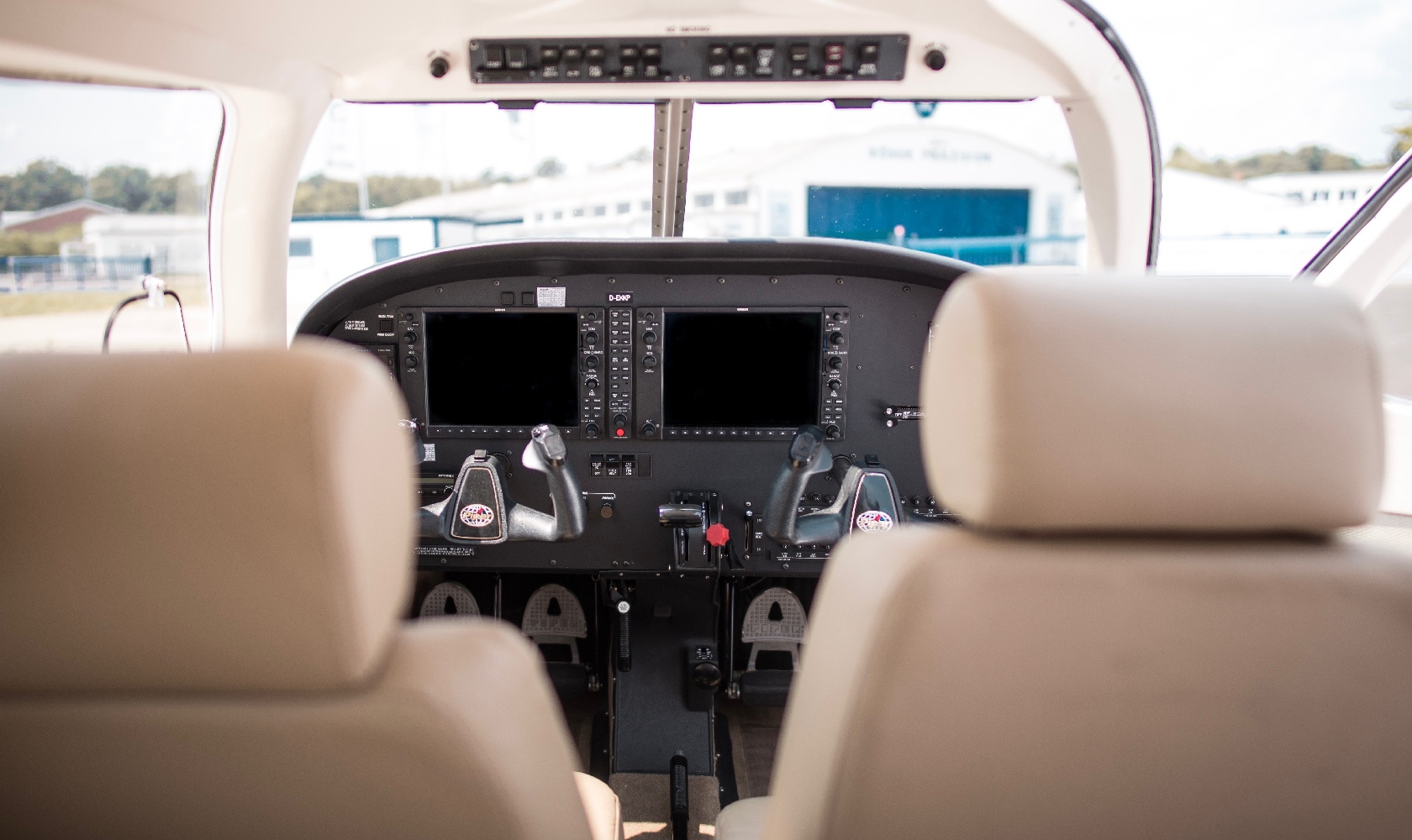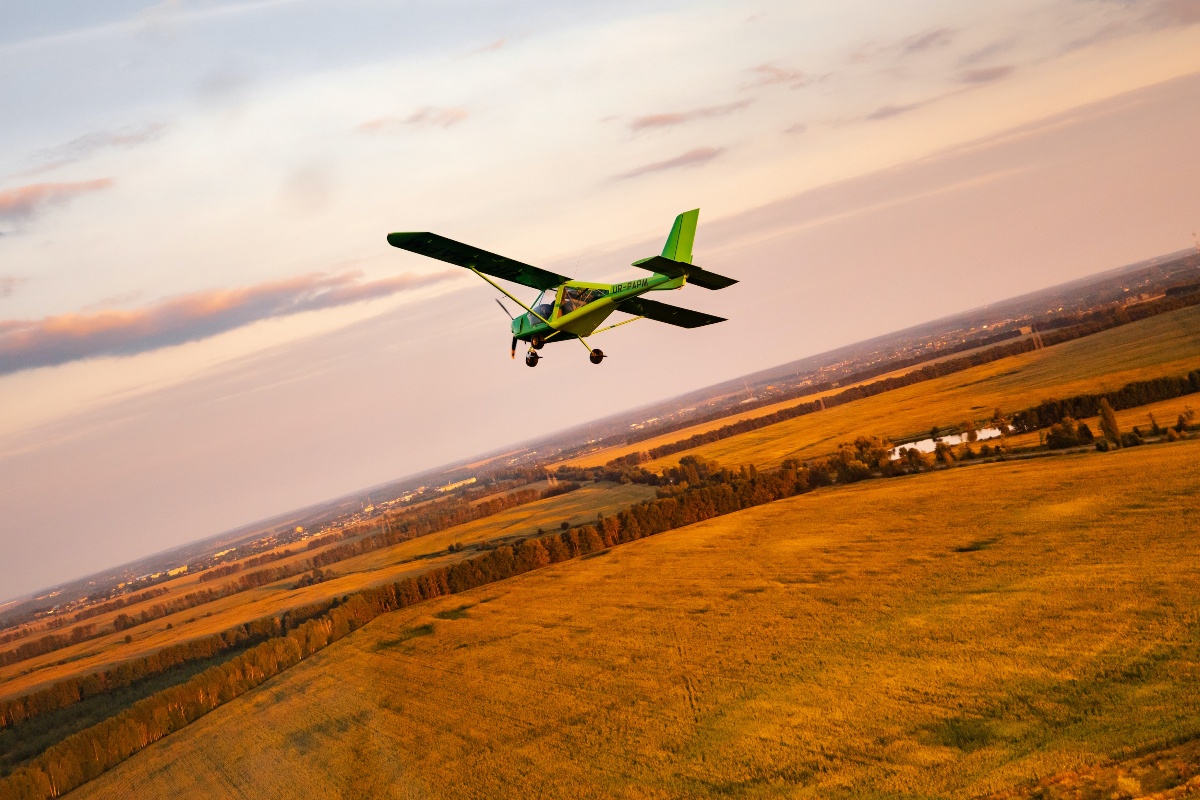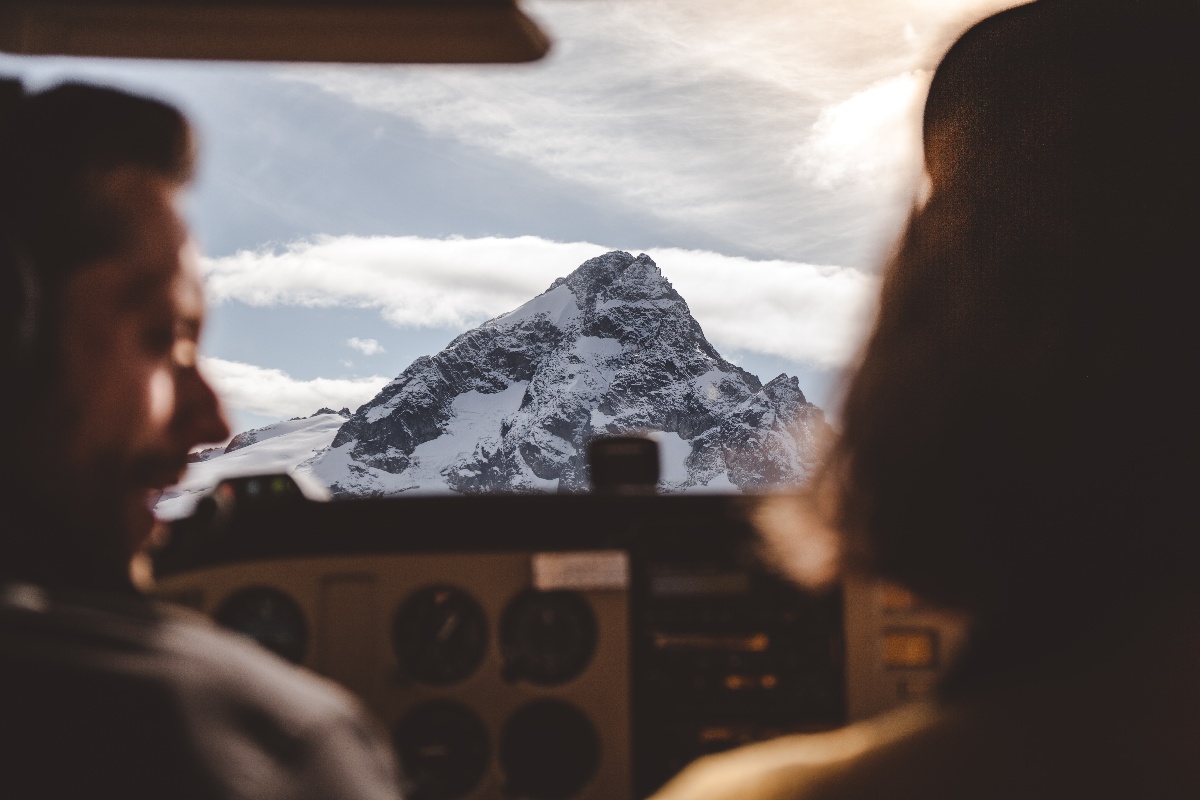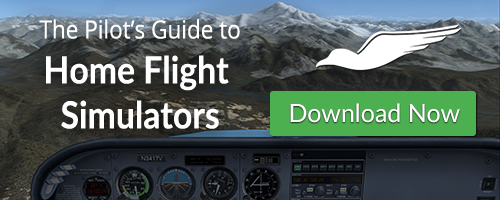5 Tips to Stay Proficient on a Home Flight Simulator
As many pilots and student pilots around the world shelter-in-place during the coronavirus outbreak, flight simulation is one of the best ways to practice and maintain flying skills. However, in the simulation world, it can be tempting to bend the realities of operating an aircraft. To help you build and maintain your proficiency during the pandemic, here are five tips to keep your training focused and your scenarios realistic with a flight simulator.
1. Have a goal for every flight simulator session
During gaps in time when you can't fly the airplane for several weeks, using your flight simulator can keep your brain in the cockpit and your hand-eye coordination sharp. Yet, if you spend your simulator time aimlessly flying around, you are more likely to develop bad habits in the cockpit than you are to develop or maintain proficiency in it. To avoid becoming rusty, you should have a goal in mind each time you sit down to fly your simulator.
- While you're restless at home, plan a route for your next big adventure. Become familiar with a new airport diagram, fly a few instrument approaches, practice your landings, and taxi to your FBO of choice.
- Learn a new avionics configuration. Whether you have wanted to build proficiency with the GTN 650/750 or the KLN 89, now is an ideal time, and a flight simulator is an ideal training tool to learn all the features.
- Practice getting into and out of maneuvers. Without the distractions of a real airplane, you can focus on the minutiae of maneuvers training. Configure your flight simulator for a maneuver and perform it with an appropriate flow and at the correct speed.
2. Consult your flight instructor or fellow pilots
In these unprecedented times of social distancing, even brief check-ins with your flight instructor or pilot friends can make a huge difference for your flight training.
- If you are pursuing a private pilot’s license or a new rating, find a way to communicate with your instructor or flight school so you can practice relevant tasks and continue progressing through your syllabus.
- If you are a licensed pilot, challenge your friends to fly the same scenario and see who performs the best.
- Debrief flights over video chat to hold each other accountable, and to work some much-needed hangar talks into your time in quarantine.
Need some ideas for flight scenarios? Check out the scenario store on your Redbird simulator or build your own scenarios in your simulation software with the Pilot's Guide to Home Flight Simulators.
3. Use your pilot supplies
You may be working from home in shorts and a sweatshirt, but you should be flying from home with the same gear that you’d use in the aircraft.
- Wear your aviation headset. There are several flight simulation solutions that allow you to fly in the Air Traffic Control system and receive guidance from controllers. ATC services add a lot of value, especially for instrument training.
- Use your iPad. This is a great time to explore all the new features of your Electronic Flight Bag (EFB) and start flying with them in a controlled environment.
- Use your checklists. They will keep your mind in the cockpit and on the task at hand. Checklists also can help you avoid bad flying habits while you are away from the aircraft.
4. Choose realistic settings for weather and failures
The goal of flight sim training should not be to challenge yourself in unrealistic situations.
- Focus on training for isolated emergencies, such as VFR into inadvertent IMC or an alternator failure on a long flight. Adding several emergencies to one flight only makes the training event unrealistic, if not inescapable.
- Since you wouldn’t take on a 50-knot crosswind in your airplane, don’t do it in your flight simulator either. There are ways to bring live, real-world weather into your home simulator, and—even if you don’t use them—you should choose weather settings that make sense for your training event.
- As a general guideline, limit failures and major weather events to 20% of your simulator sessions and only train for emergencies that make you a more prepared and proficient pilot.
5. Know when to pause a flight
The pause button is the most powerful feature of a flight simulator if you use it correctly. If you find yourself in a situation that you need to think about, hit the pause button and take a moment.
- As a new instrument pilot, pausing the simulator before you get to a final approach fix gives you valuable time to brief and execute it.
- If you are practicing a specific task or maneuver, pausing allows you to debrief in real-time, rather than waiting until the conclusion of a flight.
- As you first start training for an emergency, frequent use of the pause button will help ensure that you are using the correct flow before you develop muscle memory.
Share this
You May Also Like
These Related Articles

An Introduction to Chair Flying

The Three Underlying Causes of General Aviation Accidents

